According to Global NCAP, a respected car safety standard evaluation organization, there is a clear difference in safety between various car models intended for different markets.
In order to come to an unbiased and fair conclusion, Global NCAP conducted the same crash test on the Hyundai Accent models designed for the US and Mexican markets. The US market receives Accents that are assembled and imported from neighboring Mexico.
On the other hand, Mexican consumers can only purchase Hyundai Accents that are imported from India instead of being locally assembled. Each Accent in Mexico has a suggested retail price starting at 365,800 Peso, which is equivalent to 18,158 USD or 423 million VND, making them even more expensive than Accents in the US, which have a starting price of only 16,645 USD or around 387 million VND.
Two Hyundai Accent cars intended for the US and Mexican markets undergoing a direct frontal collision test.
Despite spending approximately 2,500 USD more, Mexican customers are provided with only curtain airbags and seat-mounted side airbags, which are less safe compared to those offered in the US market.
In the crash test conducted by Global NCAP, the Hyundai Accent designed for the US market remained almost intact with minimal damage to the A-pillar and windshield. Additionally, all doors were able to open following the crash, allowing passengers to easily exit the vehicle or facilitating rescue operations.
As a result, despite being more expensive, the Hyundai Accent intended for the Mexican market is actually less safe compared to the car meant for US consumers.
The Hyundai Accent exported from Mexico showed reduced safety performance, as evident by the deformed cabin structure and dented A-pillar, which pushed the driver’s door backwards, impeding rescue operations and the driver’s ability to exit the vehicle. Although specific details of the crash test were not disclosed, a representative from Global NCAP stated that users of the Indian-imported Hyundai Accent “face a high risk of death or serious injury”.
Global NCAP’s evaluation indicates that Indian-imported Hyundai Accent cars have the potential to pose “a high risk of death or serious injury”.
In response to this safety discrepancy, a Hyundai representative claimed that Accent models sold in Mexico and the US adhere to the safety requirements and standards of each respective country. However, according to Global NCAP’s investigation, each country has its own distinct safety standards that differ from one another. Currently, there is no universally applicable minimum safety standard for cars worldwide.
Global NCAP’s objective test reveals the existence of safety disparities among cars offered in different markets.
Consequently, rather than implementing a uniform safety standard to enhance the safety quality of their products globally, car manufacturers produce vehicles with varying levels of safety to cater to the requirements of each specific market.
In developing countries, consumers often prioritize cars equipped with automatic transmission and large entertainment screens over those that are equipped with 6 airbags or electronic stability control (ESC). As a result, car manufacturers frequently compromise on safety features, particularly those that are not immediately visible, such as the load-bearing inner door structure.
Thus, in accordance with market dynamics, two extremes persist: high-quality yet expensive cars and cheap yet less safe vehicles. Regardless of the approach undertaken by car manufacturers, consumers ultimately make their own choices. Consequently, car manufacturers are compelled to strike a balance between safety factors and profitability.
Anh Phan (Tuoitrethudo)
Source: AutoEvolution.










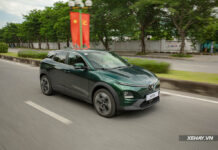
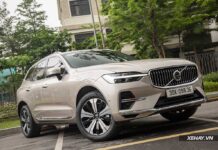
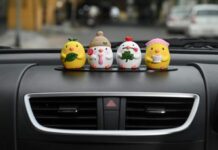
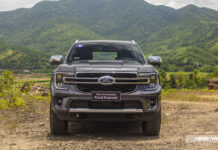







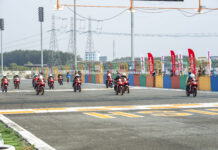
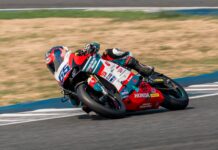
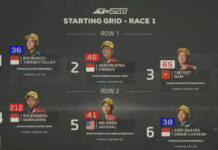
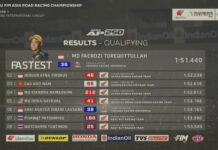





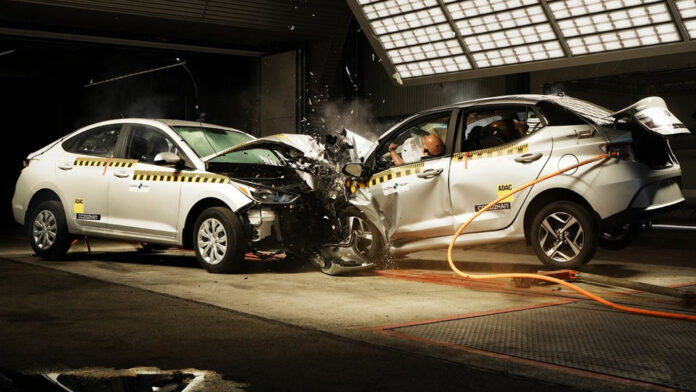
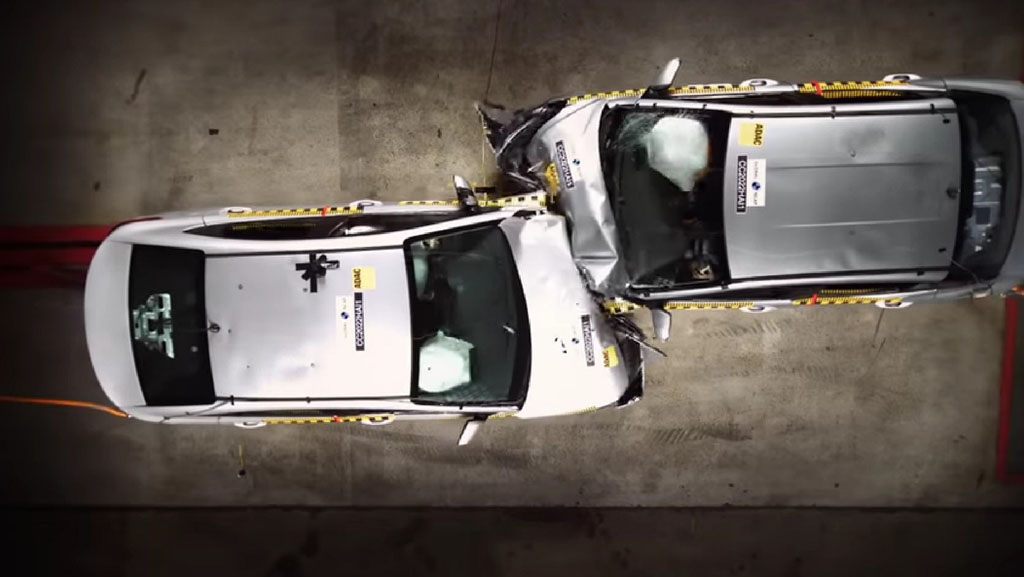
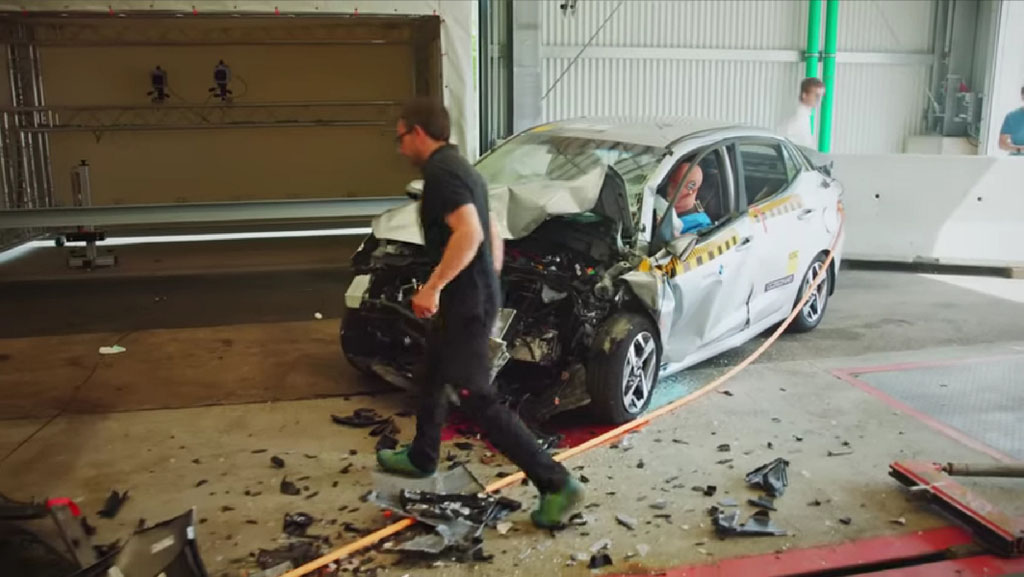
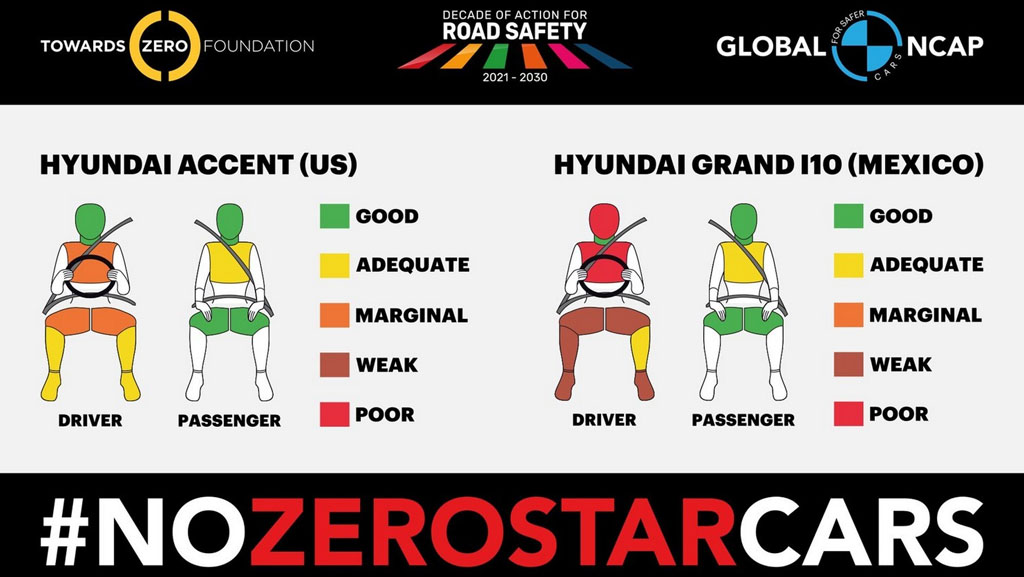
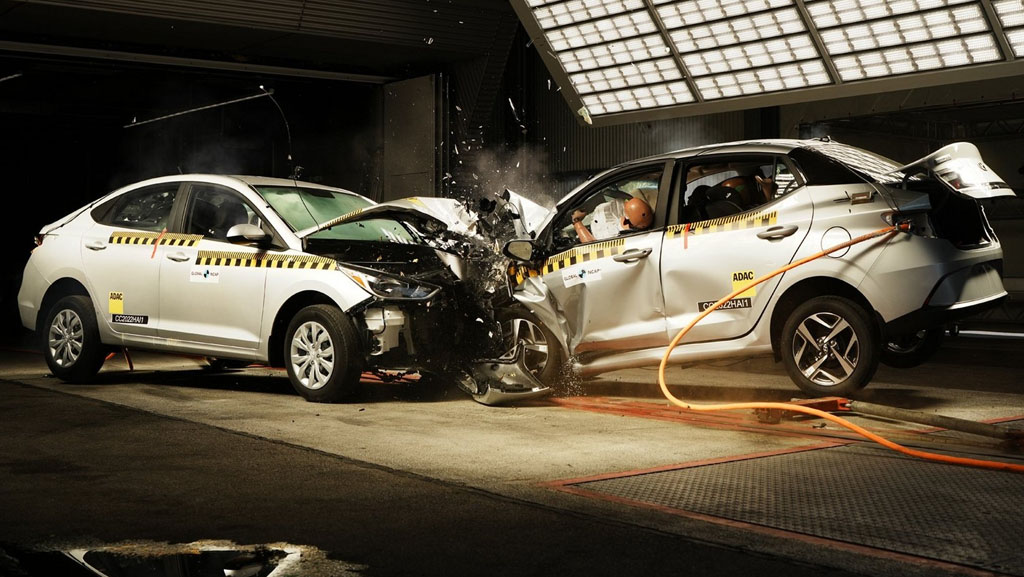
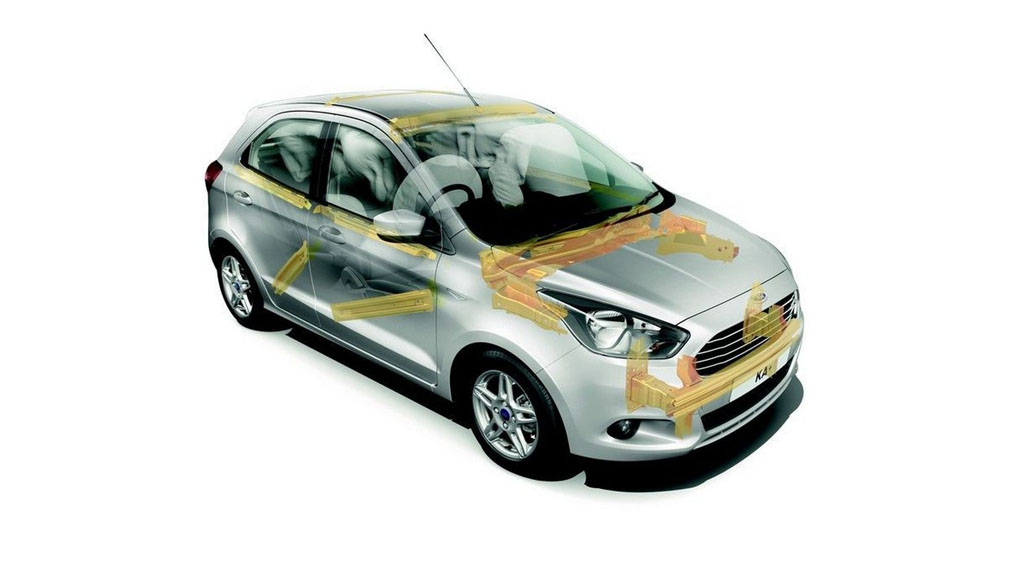
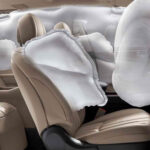
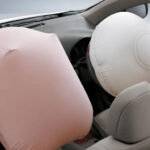

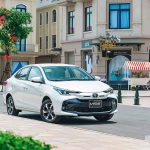

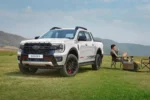









![[QUICK REVIEW] VinFast VF5: Extremely Affordable, Spacious, and Well-Equipped](https://vnauto.net/wp-content/uploads/2023/10/Xehay_VF5plus_21042318-100x70.jpg)